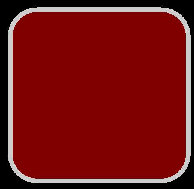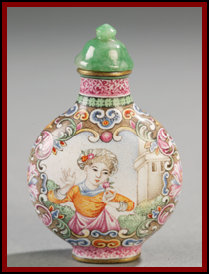









Thank you for your continued support and readership. Please insure to forward this Newsletter to your friends and neighbors. If you no longer wish to receive our emails regarding the update of this page, please send us an email to info@nova-antiques.com with the subject line "OPT OUT"
NOVA-Antiques.com does not run, manage or operate any of the flea markets, auction houses or estate sale companies advertised on this page. The NOVA-Antiques Newsletter is published for the exclusive use, enjoyment and convenience of our readers and subscribers. Any questions regarding the flea markets, auction houses and estate sale companies should be directed to the appropriate owner, promoter or manager.

Upcoming Antique Shows & Flea Markets
NOVA-Antiques.com provides the most comprehensive antiques show and flea market calendar
for the Mid Atlantic region.
Click here to view the most current antiques and collectibles shows calendar . . . > > >
Click here to view our flea
market directory and review pages . . . > > >


Antique & Vintage Collectible Chinese Snuff Bottles
Towards the mid-20th Century, when snuff was first introduced in China, it
was believed that it had medicinal qualities and was used to treat the common cold, relieve sore throats, alleviate tooth aches and
used as a cure for migraine headaches. Snuff however was not intended nor was it used for all the people of China, but was limited
in use and availability to the upper echelons of society. It was mainly used by the elite peoples associated with the Qing Dynasty and
the royal court of Beijing. As such, vessels to carry the snuff otherwise known as snuff bottles and or snuff boxes had to be attractive,
ornately designed and beautiful to go with one’s social standing.
Snuff bottles are made of a many different materials, shapes, sizes and design. Some of the early snuff bottles are made of ivory,
jadeite and even gold. Some were made of coral and other unusual material. However, a lot of snuff bottles were made of glass and
because of the medicinal properties of the snuff probably had their beginnings in the apothecary bottles of the time. Many of the
snuff bottles were made to fit in the palm of one’s hand and had a stopper with a small spoon attached for easy access to the snuff.
Many were marked with either maker’s name or a date.

The pictured example of a marked Chinese Imperial snuff bottle was sold at Quinn’s Auction Galleries in Falls Church, Virginia in 2008 for $146,250. However, caution has to be taken when purchasing these types of antiquities because of the many forgeries, reproductions and unscrupulous dealers around the world. A recent search of eBay for Chinese snuff bottles found close to 800 listings, many of them selling for ninety nine cents.